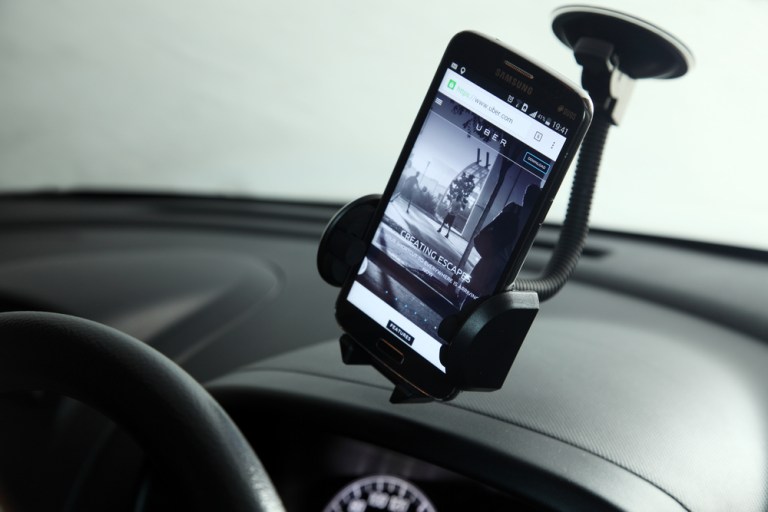Uber, Lyft’s Next Victim: San Francisco’s Largest Cab Co.

Whether it’s a case of unintended consequences, or just a sign of the changing times, the Uber and Lyft on-demand ride-hailing revolution has claimed one of its first major victims.
Sure, it’s not the first company to suffer as a result of the two companies taking over more market share in the ride-hailing industry, but the news that a major San Francisco taxi company had filed for bankruptcy certainly shows what impact those companies are having on the traditional cab market.
The Wall Street Journal reported over the weekend that Yellow Cab Cooperative, which it cites as the largest taxi company in the city, has filed for Chapter 11 bankruptcy protection. Quoting the letter sent to members of the cooperative from Pamela Martinez, the company’s president, the article chronicles the various factors cited in the company’s demise.
This included more than just the ride-hailing services like Uber and Lyft, an increased competition in the market, and a steep ridership dip. It also cited challenges like rising liability costs (including an $8.1 million payout for an accident that paralyzed a rider).
“We are in the midst of serious financial setbacks,” Martinez wrote in the letter. “Some are due to business challenges beyond our control, and others are of our own making.”
While California has been one state where ride-hailing companies have faced immense pushback from regulators, the two companies have managed to stay open and even continued expanding their fleets. This is the trend in other big cities like Chicago, where the Chicago Yellow Cab taxi service had filed its bankruptcy case last year, citing similar issues from “on-demand app-based private transportation networks.”
In New York City, the battle between the ride-hailing companies and the cab companies has escalated as a result of the dwindling cab medallion prices. Those medallions are required for licensed cab drivers, but there is no such requirement for Uber or Lyft drivers. The latest estimates on medallion value pegs the price between $700,000-$800,000, which is a $1.3 million drop since 2013.
“The value of the medallions was based on their scarcity,” Brishen Rogers, a Temple University law professor who studies Uber’s impact on the market, told The WSJ. “Once the scarcity is gone, the value goes away.”
That has also made it so companies that lend money to companies that hold medallions get more scarce, particularly as the market gets more unpredictable.
As a result, and as Uber and Lyft begin to gain more traction in the U.S. and abroad, other taxi companies have expressed the struggles they have faced as ride-hailing popularity takes over the consumer market.
But an Uber spokesperson shared with WSJ how its company is better for consumers, as well as its drivers. Lyft did not provide a comment.
“Apps like Uber appear to be growing the overall transportation pie,” said a spokeswoman for Uber. “This is not a zero-sum game; more options are better for riders and drivers alike.”
As for San Francisco? There may be some more chatter soon on the regulatory side. Recently, the city had even waived fees for taxi-license applications in order to level the playing field. But with the news of its largest cab company going bankrupt, that may have been too little, too late.
“I think the taxi regulators are doing some soul searching now,” Kate Toran, who oversees taxi regulations in San Francisco, told WSJ. “Some of the regulations may not be needed in this environment.”